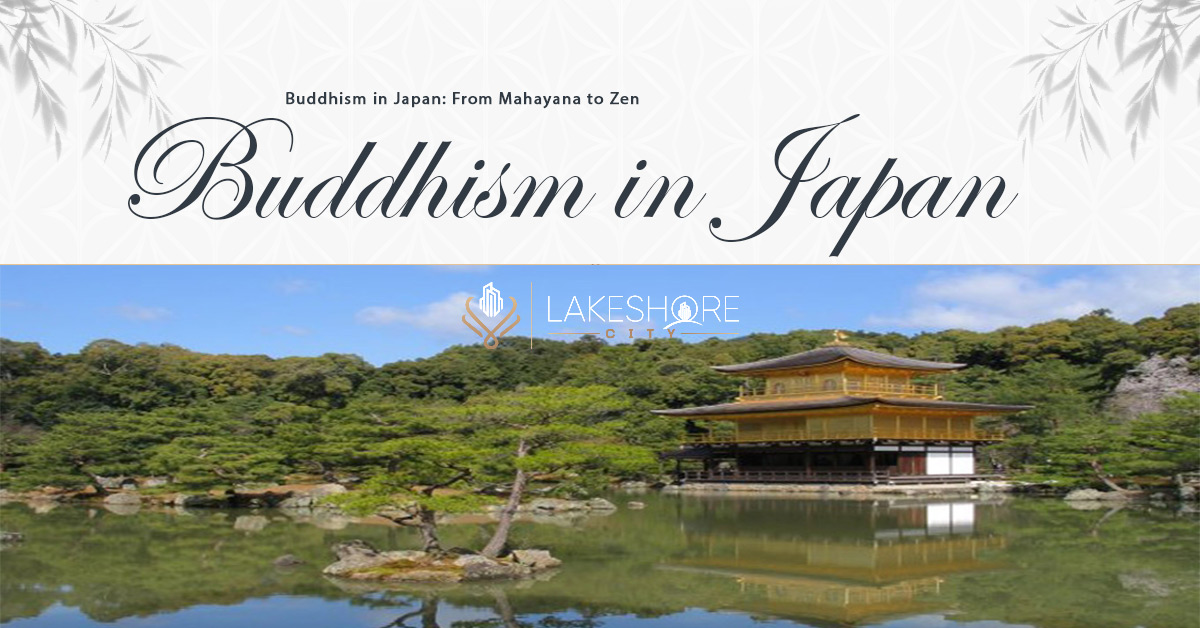Buddhism gives a spiritual route to overcome suffering. The cycle of birth, death, and rebirth known as Samsara is caused by the cumulative effects of one’s karma, or good and bad actions, throughout multiple lives. Only enlightenment, which Buddhists seek, can break this pattern. An all-knowing buddha (“enlightened one”) has reached the perfect state of transcendent knowledge in which greed, hate, and delusion are quenched and never reborn after entering nirvana (“blowing out, to become extinguished”).
Buddhists believe the founder was born in southern Nepal in 563 B.C.E. Prince Siddhartha (“he who achieves his goal”) and Shakyamuni (“sage of the Shakya clan”) was born. Siddhartha left his palace and renounced his regal existence to investigate the reason of human suffering. A wandering monk. He found his awakening after years of searching and taught others. He became the Buddha (“the awakened or enlightened one”) after dying in nirvana. After the Buddha’s death, his followers wrote down and transmitted his teachings. These are sutras. New branches of Buddhism evolved as an organized religion.
Three basic varieties of Buddhism have developed over time, each with its own spiritual ideals. Theravada Buddhism, the oldest of the three, emphasizes self-salvation and monastic life for spiritual freedom. Mahayana (“Greater Vehicle”), which holds that Theravada disciples followed a road that most people cannot follow, teaches that all can achieve salvation. Vajrayana (“Diamond Vehicle”), or Esoteric Buddhism, practitioners believe in one-lifetime enlightenment. Three schools stress various practices yet are not mutually exclusive. Mahayana and its later offshoot, Vajrayana, teach that everyone can achieve enlightenment with the help of buddhas and bodhisattvas, unlike Theravada, which teaches that only a few devotees can do it alone.
Northern China, the Korean peninsula, and the Korean Straits were long-established commerce and influence routes to Japan. In the sixth century, Korea brought Mahayana Buddhism to Japan via this route as part of a diplomatic journey that included an image of Shakyamuni Buddha and various Buddhist texts. As in Korea, the faith shaped local culture. When the religion was established in the seventh century, Japan had dozens of temple complexes, several orders of priests, and talented artisans to make icons and other accoutrements.
Japanese priests introduced Vajrayana, or Esoteric Buddhist, and its pantheon of deities and hidden, mysterious rites to Japan in the early Heian period (after 794) They studied Buddhism in China and founded influential monasteries, including Tendai and Shingon, in Japan. At this time, the Esoteric Buddhist pantheon included wrathful deities like Fudo Myo-o (Achala in Sanskrit).
Pure Land Buddhism was prominent in the late Heian Dynasty (1185) and later centuries. The salvationist Pure Land Buddhism preached confidence in Amida (Amitabha in Sanskrit), the Western Paradise Buddha. The faithful repetition of his name was believed to bring the soul to a heavenly Pure Land rather than a Buddhist hell or other undesired reincarnation. Many Buddhist statues, paintings, and temples dedicated to Amida were requested due to his intense devotion. Jizo, a Mahayana Buddhist bodhisattva, was another salvationist god prominent at this period.
Jizo, a kind and benevolent divinity, gained powers over time. Buddhism became the religion of all classes throughout the Kamakura period (1185–1333). Since many priests became itinerant preachers, Pure Land Buddhism spread to the public.
Buddhism
The Chinese Mahayana Buddhist school Chan Buddhism evolved into Zen in Japan. Zen practitioners are from India, but its emphasis on sudden enlightenment and nature connection is Chinese. Chan and Zen, which mean “meditation,” emphasize personal meditation for self-realization and enlightenment. Zen emphasizes the heart-mind connection between a learner and a teacher over powerful deities. The teacher can help the pupil develop spiritually. Zen promotes intuition over habitual, rational thinking and uses expressionistic and evocative art techniques, lyrical forms, and illogical conundrums (koan) to stimulate intuition. Zen was first introduced to Japan centuries earlier, but the warrior class did not fully embrace it until the twelfth century.
Buddha Imagery
Buddhism developed a rich visual imagery for sacred beings in India several hundred years after Shakyamuni. Buddhas are depicted as human figures with supernatural powers in the scriptures to emphasize their spirituality. The most common bodily markings are a bump on top of the head to indicate wisdom (ushnisha in Sanskrit), a mark in the middle of the forehead to indicate great understanding (urna), elongated earlobes to remind Shakyamuni of his princely youth (young royals wore large earrings in his day), and an idealized body. Buddhas are commonly shown as ascetics in modest monastic garments without shawls, scarves, or jewelry. However, bodhisattvas are usually elaborately decorated to demonstrate their ongoing connection with the world. Buddhist symbols use hand gestures to communicate. Meditation, teaching, and fear/wish-fulfillment gestures are common.
The appearance of Buddhist imagery depends on when it was made, contemporary and local artistic preferences, materials and ability of the craftsmen, and religious requirements. While Zen-related representations are austere, encourage contemplation, and are closely related to Chinese prototypes, icons associated with court-supported Esoteric school temples can have multiple arms and heads to express great power and superhuman abilities and be richly ornamented with sumptuous materials and complex layers of decorative patterning.
Our Featured Article:
Read More: Gandhara | Three Day International Symposium | Religious Tourism
Don’t miss the chance to invest with Lakeshore! Secure your investment today by investing your financial investment with Lakeshore in the following available options like Lakeshore City, Lakeshore Club, and Lakeshore Farms.
For More updates, please Contact +92 335 7775253 or visit our website https://lakeshorecity.com/
Lakeshore City is the upcoming elite lifestyle at Khanpur Dam. Offering no parallel amenities for the members and owners of distinguished farmhouses.
Become Part of Luxurious Lifestyle
Contact: 0335 7775253



